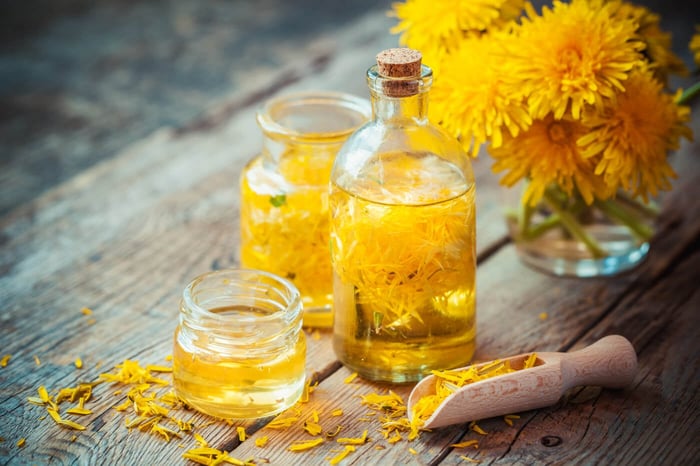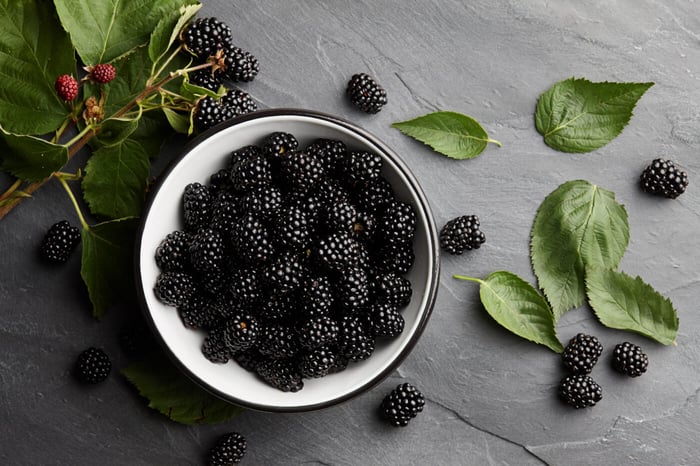Achillea millefolium, commonly known as Yarrow, is a flowering plant in the family Asteraceae. It’s native to temperate regions of the Northern Hemisphere in Asia and Europe and North America. It has been introduced as feed for livestock in New Zealand and Australia, where it’s a common weed of both wet and dry places like roadsides, meadows, and fields.
In New Mexico and southern Colorado, it is called plumajillo, Spanish for ‘little feather,’ from its leaf shape and texture. Other common names for this plant include soldier’s woundwort, nosebleed plant, old man’s pepper, devil’s nettle, sanguinary, thousand-leaf, and thousand-seal.
It’s an erect perennial plant with multiple, even leaved stems. Flat clusters of white, yellow, or pink flower heads grow from the tops of the stems. Yarrow has a strong, sweet scent, similar to that of chrysanthemums.
Healing Properties & Other Uses
Yarrow is both ancient and modern, and is said to have been used medicinally to treat pain and inflammation for over 50,000 years. Historically, Yarrow was known as herba militaris for its use in stopping the flow of blood from wounds. Most recognized as a wound healer, it was commonly used on battlefields as an effective treatment to not only slow bleeding, but to also promote healing and prevent infection.
Yarrow is often utilized by Herbalists as a useful plant medicine for cold and respiratory issues and as a bitter.
According to Healthline.com, Yarrow has long been used to treat digestive issues like ulcers and irritable bowel syndrome (IBS), symptoms of which include stomach pain, diarrhea, bloating, and constipation.
The flavonoids and alkaloids in Yarrow may additionally alleviate symptoms of depression and anxiety. Studies demonstrate that plant-based alkaloids like those in Yarrow tea reduce the secretion of corticosterone, a hormone that’s high during chronic stress.
Yarrow comes in several forms, including powders, ointments, tinctures, extracts, and dried leaves and flowers. The leaves and flowers can be made into tea and you can add Yarrow powder to smoothies, water, and juice. Its essential oils can be used in baths, lotions, or diffusers.
As a skin healer, Yarrow is anti-inflammatory by nature, which is also what makes it such an effective wound mender. According to uncommonyarrow.com, the
flower and leaf of Yarrow are revitalizing to the skin and can be distilled into hydrosols or oils, used in cleansers, serums, toners, moisturizers, masks and balms. It promotes circulation, and can act as a tonic and a soothing agent. It can be in your first aid kit, your kitchen, and part your beauty regimen.
Magickal Lore & Uses
According to the common legend, Achilles’s mother dipped him into the river Styx by the heel in an effort to make him invulnerable. Fighting many battles as a seemingly invincible warrior, Achilles used Yarrow to treat the wounds of his fellow soldiers. He later died from a wound to his heel, as it was the one unprotected part of his body. Some say that Achilles learned about the properties of Yarrow under the guidance of his mentor, Chiron. We often refer to Chiron as “the wounded healer” and therefore, Yarrow has earned a relationship with this archetype, and is a valuable ally for those experiencing wounding of the soul.
Yarrow also has quite the reputation in Asia. It is said to grow around the grave of Confucius and, in China, it is said that Yarrow brightens the eyes and promotes intelligence. In other Asian tradition, it is said that where Yarrow grows, one need not fear wild beasts or poisonous plants.
In the Middle Ages, Yarrow was believed to aid in summoning the Devil and driving him away, making it a popular herb for use in Christian exorcisms.
Since the early days of farming, Yarrow was planted in the fields to promote the growth of other edible crops since its presence makes them prosper. In this sense, Yarrow is a true natural protective ingredient.
It has been used for centuries in healing potions. Today, it is still used for divination and love spells, especially when looking to improve communication. It is said to drink Yarrow tea before undertaking any divinatory practice to strengthen psychic ability and help keep the mind focused.
Its overall magickal properties include balance, love and protection, among many others. Some say to hang it in bundles to give thanks for life and spiritual energy. Hanging a bundle of dried Yarrow flowers over the honeymoon bed is a traditional charm to ensure a long and loving marriage. It is also said that carrying Yarrow flowers with you can strengthen courage and dispel fear.
Yarrow is most commonly used in rituals related to love, courage, or healing and is used to dispel negative energy, sadness, or depression symptoms. It also corresponds with the Wiccan sabbat of Mabon.
You can find Yarrow in Tamed Wild's Cold & Flu Tea below
** While we have provided suggestions on how to use the versatile, magickal herb of Yarrow, please keep in mind results may vary per individual and always use caution when trying a new herb. Enjoy our Yarrow recommendations and folklore, and perhaps explore your own ways to incorporate it into your daily and magickal lives!**








